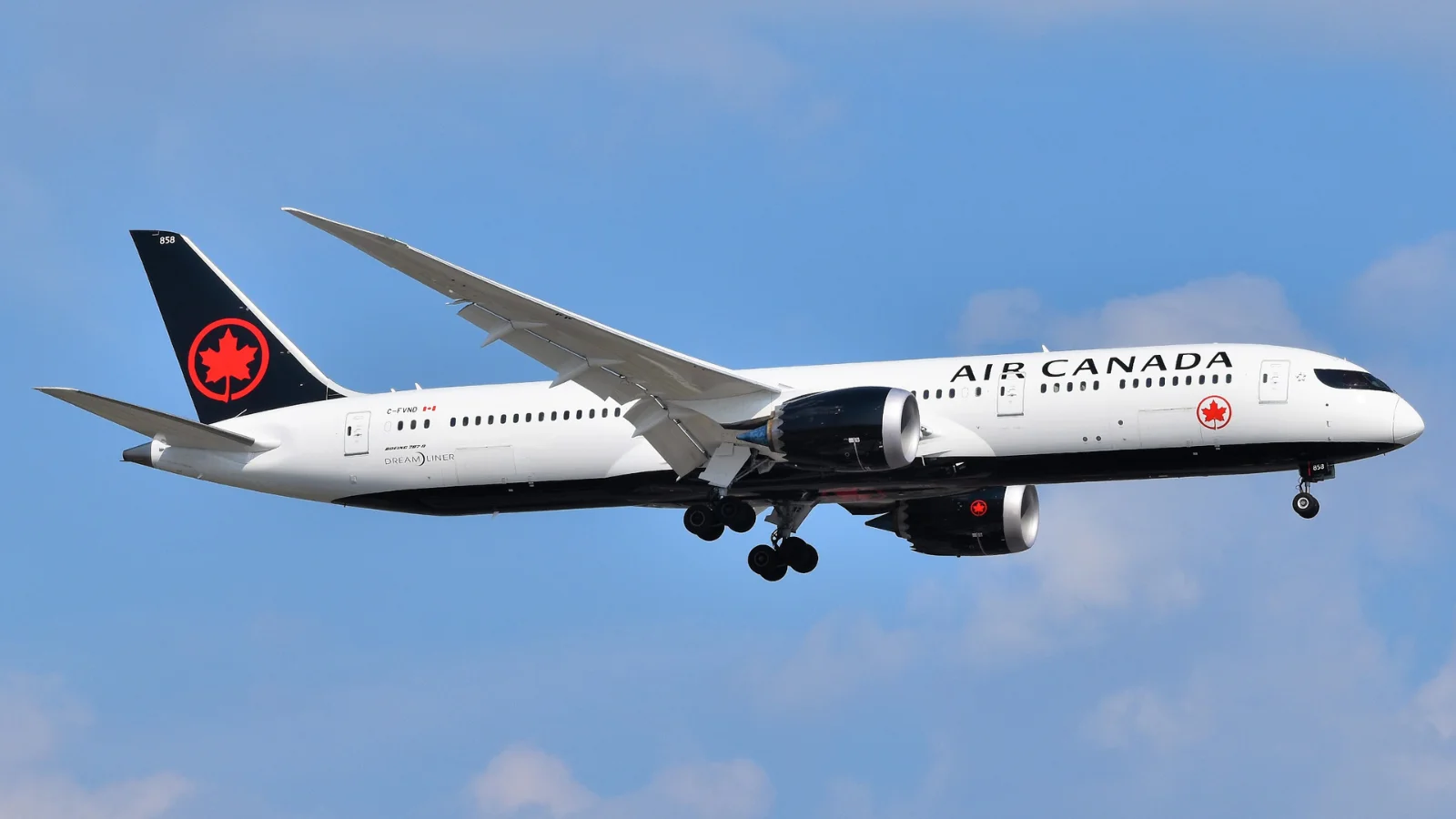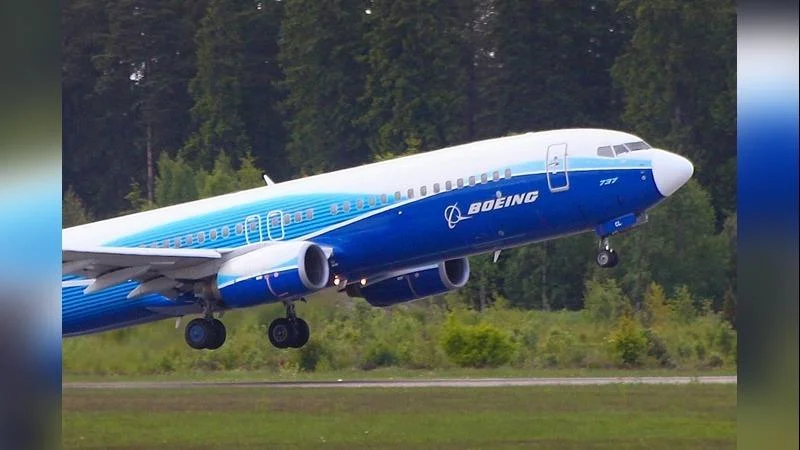Other markets affected include Los Angeles, Phoenix, Minneapolis, and Winnipeg. Winnipeg–Atlanta dropped from 104 flights last winter to 64 this year, with seat numbers nearly halved. Winnipeg–Los Angeles service was suspended in June. Additional suspensions include Ottawa–Fort Myers, Regina–Orlando, and Vancouver–Santa Ana.
Air Canada has also scaled back US services for the winter season by cutting several secondary routes such as Toronto–Jacksonville and Montreal connections to Detroit and Minneapolis. The airline has withdrawn Toronto–Indianapolis and Vancouver–Tampa as well. On other transborder routes, Air Canada is reducing capacity through smaller aircraft or fewer weekly frequencies.
Canadian carriers are redirecting much of their lost US capacity into Latin America and the Caribbean. Together they plan more than 4,000 additional flights into Latin America during the winter months. In May of this year, Air Canada announced its largest seasonal schedule for the region so far: 13 new routes and four new destinations will be introduced this winter as part of a network offering over 80,000 weekly seats across more than 55 daily flights—a seat increase of about 16% compared to last year.
New Air Canada routes include services to Santiago (Chile), Pointe-à-Pitre (Guadeloupe), Fort-de-France (Martinique), Nassau (Bahamas), Montego Bay (Jamaica), Huatulco (Mexico), Rio de Janeiro (Brazil), Cartagena (Colombia), Guatemala City (Guatemala), and Guadalajara (Mexico). The airline reported a year-over-year revenue increase of 12% from these markets in Q1 of 2025.
Chief Commercial Officer Mark Galardo said earlier this year regarding Toronto–Guadalajara: “a decent proposition in the Sixth Freedom play between Europe and Mexico.” He noted that flight timings support both local demand and international connections via Air Canada's global network.
WestJet is also increasing its presence in Latin America by adding new destinations such as Guadalajara, Tepic, Havana, and Managua alongside an expanded seasonal schedule focused heavily on Cancun. Between November 2025 and March 2026 WestJet will operate nearly 2,950 flights into Latin America and the Caribbean—a growth of about six percent in seat capacity for those regions since last year—benefiting from its acquisition of Sunwing which strengthens its holiday market position.
Porter Airlines will enter Latin American markets for the first time this winter with new services from Toronto Pearson International Airport as well as Ottawa and Hamilton airports to Cancun (Mexico), Puerto Vallarta (Mexico), Nassau (Bahamas), Grand Cayman (Cayman Islands), and Liberia (Costa Rica). Porter’s Embraer E195-E2 fleet enables these operations; currently there are forty-one active aircraft with thirty more expected for delivery plus options for twenty-five additional units.
Porter Airlines will be unique on several city pairs: it will be alone flying Ottawa-Grand Cayman/Liberia as well as Hamilton-Puerto Vallarta/Nassau among Canadian carriers operating out of Toronto-based airports where competition includes Air Canada, WestJet, Air Transat—and Flair Airlines.
Air Transat is also expanding with new launches between Toronto/Montreal-Rio de Janeiro Galeao airport plus Montreal-Guadalajara.
 Alerts Sign-up
Alerts Sign-up



































